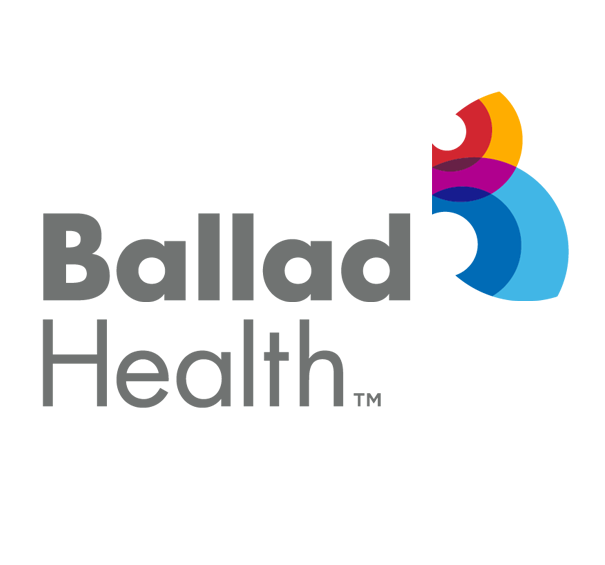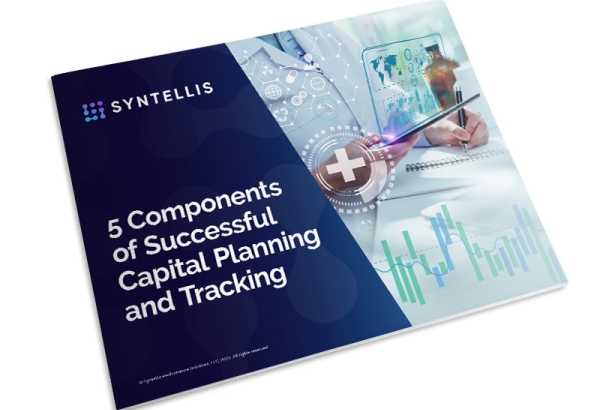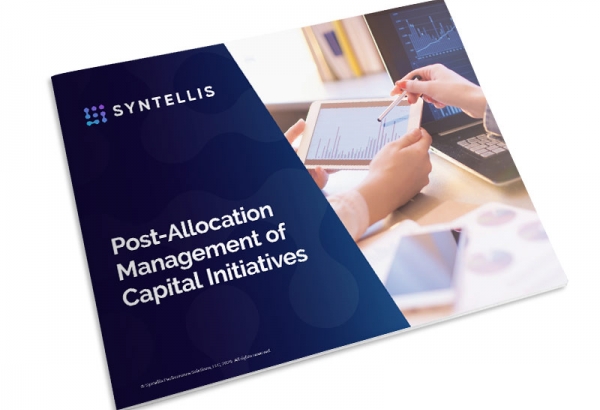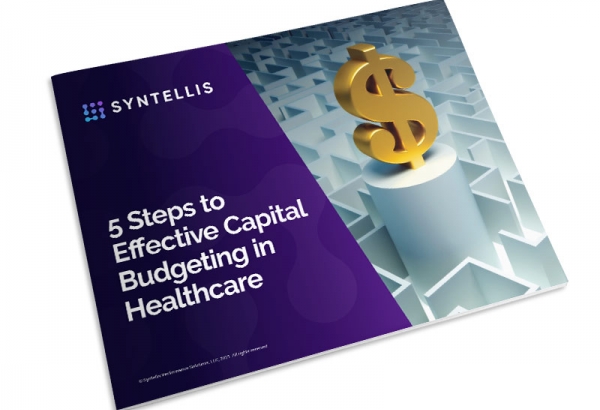THE BASICS OF CAPITAL BUDGETING
What Is Capital Budgeting?
Capital budgeting in healthcare is the process of evaluating and allocating funding to potential major projects, investments, building or infrastructure improvements, or the purchase of durable goods such as beds and equipment. A healthcare system might, for example, use capital budgeting to review a proposal for the construction of a new hospital wing or acquisition of an outside physician practice before approving or rejecting the project.
Capital budgeting involves reviewing the organization’s inbound and outbound cash flows to determine whether a project would meet specific quantitative and qualitative objectives.
How Does Capital Budgeting Work?
Capital budgeting empowers organizations to allocate funding to projects that will add value to their operations or otherwise support organizational goals. To evaluate those projects, leaders use a variety of capital budgeting methods that determine if the project will be beneficial in the long term.
While capital budgeting is similar to a profit-and-loss analysis, the two processes differ. Capital budgets focus on cash flows stemming from the project, rather than profit, which accounts for revenues and expenses. Depreciation, for instance, is not included in a capital budgeting analysis because it is not a cash transaction. Capital budgeting also takes into account the future cash flows of an investment, converting them into what they are currently worth (i.e., present value)
Another way to create accurate project budgets is through capital budget and spend benchmarks from peer organizations. Using key metrics on capital budgets and spend from hospitals nationwide, healthcare benchmarks can measure the actual performance of each investment against its business plan and budget to provide objective measurements and enable comprehensive comparisons of potential capital spending strategies. .
What Elements Are Included in a Capital Budget?
One of the primary elements of a capital budget is the capital itself. Healthcare organizations’ definition of capital must capture all potential strategic investments. This definition should include all different types of investments that will be subject to the organization’s capital allocation process, such as:
- Facilities, property, and equipment, including replacement costs
- New operating entities/programs
- Business acquisitions and partnerships
- Network development
- Managed care investments
- Program start-up subsidies/expansion
- Physician integration
- System initiatives
In addition to initial capital costs, organizations must understand cash inflows and outflows as a result of the investment, including implementation costs and operating costs, as well as if and how the project will generate tangible inbound funding. To accurately calculate the value of future cash flows, organizations must also account for inflation.
Why Is Capital Budgeting Important?
Capital budgeting is important because it provides healthcare organizations with a framework for accountability and the ability to measure the risks and returns associated with a potential project. By measuring potential investment decisions, an organization can better predict the success and overall value of an investment — and over time, those projects have a significant impact on the organization’s performance.
Without a capital budgeting process, healthcare organizations can’t accurately predict which projects will generate a return, which makes it difficult to decide where to invest resources. With the thorough analysis included in the capital budgeting process, healthcare organizations can make data-driven decisions with confidence.
Examples of Capital Budgeting Decisions
Using capital budgeting calculations and analysis, healthcare organizations can make informed decisions around potential investments, purchases, and projects. Examples of these decisions include:
- Opting to participate in region and/or nationwide care delivery networks, which involves pursuing affiliations and partnerships that may require significant capital investment
- Moving forward with the acquisition of a private physician practice
- Building a new hospital wing
- Purchasing new imaging equipment
Overall, capital budgeting helps healthcare organizations select profitable projects, identify sources of funding, and control capital expenditures.
CREATING A CAPITAL BUDGETING PROCESS
Incorporating Structured Qualitative Analysis
With increasingly varied capital investment needs, non-financial criteria have become more important for identifying an effective “portfolio” of investments. While a comprehensive capital budget should incorporate standard quantitative analytics, proposed projects must also be evaluated based on weighted qualitative criteria. Sample criteria might include the extent to which projects support the organization’s:
- Mission ___%
- Safety/quality ___%
- Growth ___%
- Physician alignment ___%
- Workforce development ___%
- Efficiency ___%
Capital Budgeting ROI Methods and Techniques
There are many reliable quantitative capital budgeting methods that healthcare organizations can employ to determine their ROI. We explore a few of the most common techniques below.
Payback Period
The payback period capital budgeting method calculates how long it would take a healthcare organization to generate the cash flows necessary to see a return on investment. Consider, for example, a piece of hospital equipment that costs $1,000 but generates a cash flow of $100 per year. This piece of investment has a payback period of 10 years. In other words, it will take the organization 10 years to recoup its initial investment.
Using a payback period analysis is useful to determine the length of time it will take an organization to recover its invested funds. However, it fails to account for any cash flow generated beyond that payback period. For example, the piece of equipment may have a payback period of 10 years but continue to create annual cash flow of $100 for an additional five years. This creates a greater total return on investment than the payback period analysis suggested.
This means you could compare two projects, determine that one has a much shorter payback period than the other — for example, two years compared to five years — and conclude that the two-year payback period project is a better investment. However, that the project with a payback period of five years has an ROI three times greater than the project with the two-year payback period. Leaders who don’t account for the total return on investment for each project overlook a critical piece of information that could impact decision-making.
Internal Rate of Return
The internal rate of return (IRR) is the expected return on a project. In other words, it is the discount rate that makes the net present value equal to zero. When the IRR is higher than the capital required to complete the project, the project is considered profitable and a sound investment. When the IRR is lower, the investment is not profitable and should, in most cases, be rejected.
However, the usefulness of this measurement depends on the organization’s capital structure. The IRR doesn’t necessarily give a full picture of the value that a project will generate; instead, it provides a benchmark figure for what projects may be profitable or not based on the organization’s cost of capital.
Net Present Value
Net present value (NPV) calculates how profitable a project will be compared to alternative options. This analysis involves discounting a stream of future after-tax cash flows back to present value. This enables organizations to understand the full value of a potential investment, illuminating whether the project will be profitable or not.
Net present value can be positive — representing a profitable project — or negative — indicating the initial investment is greater than the ultimate return. Theoretically, an organization should pursue projects with a positive NPV and reject those with a negative NPV — although actual decision-making may require more complex analysis.
Profitability Index
Profitability index computes the cash return per dollar invested in a proposed project. To calculate profitability index, divide the investment’s present values of cash inflows by the investment’s present value of cash outflows. If the result is greater than one, the investment will be profitable and should be accepted; if it is less than one, it should be rejected.
Because it is a ratio of cash inflow to cash outflow, the profitability index is useful for comparing projects that may have different magnitudes of cash flows.
Essential Steps in the Capital Budgeting Process
Each individual healthcare organization’s capital budgeting process may look a little different. However, the following four steps provide a solid capital budgeting foundation.
1. Establish Objectives
Organizations must first establish objectives and goals to frame the capital budgeting process. These goals should be specific, measurable, and have a defined completion timeline. These goals can help organizations stay on track and make capital allocation decisions that align with long-range strategic and financial operating plans.
2. Quantify Available Capital
With established goals and guiding principles, organizations can move on to quantifying available capital. This involves defining the organization’s net cash flow available for project spending during a designated time period. This is a dual-sided process that must account for sources of funds (e.g., net income, new financing proceeds, cash reserve spend-down, etc.) and uses of cash (e.g., principal payments, external transfers, funds set aside for contingencies, and more).
3. Adapt the Process for High-Dollar, Multi-Year Projects
In the healthcare industry, projects often span multiple years and can cost into the millions. These high-dollar, long-range projects may require a modified capital budgeting process. For instance, organizations may implement “way points” to make additional capital allocation decisions as the project progresses. This empowers leaders to make more accurate funding decisions at every phase from concept and pre-planning to completion.
4. Apply the Appropriate Level of Business Planning Analysis
The dollar amount of a proposed project should trigger the appropriate level of analysis and review. High-dollar, multi-year projects, therefore, would undergo more rigorous evaluation. Applying standard analytic processes for potential projects — involving review of both qualitative and quantitative measures — is key to successful capital evaluation and allocation. A structured analysis process helps healthcare leaders confidently assess and approve capital priorities.
5. Improve Accuracy of Project Impacts With Peer Benchmarks
When extracted directly from capital planning and tracking systems, benchmarks provide accurate and timely comparisons of capital dollars that have been committed, funded, and spent at peer organizations. Organizations can establish a financial context on which to base key project investment decisions and better understand the financial impacts of proposed capital projects.
Capital Budgeting Best Practices
Healthcare organizations can simplify the capital budgeting process with these best practices:
- Require a common set of elements in every capital request, including project type, strategic goals, financial impact, capital needs in current and future years, and key milestones
- Consolidate all capital requests in a central repository so leaders have all the information they need to make decisions in one place
- Define a consistent, automated workflow for reviewing capital submissions to ensure the proper level of perspective and approval
- Evaluate all capital requests against uniform criteria to allow clear comparison based on strategic fit, need, and priority
- Use reports that highlight project spending to date against approved capital to help leaders monitor progress and ensure funds track as expected
- Integrate the capital budgeting process with the comprehensive organizational budget and the financial plan to ensure accountability and credibility
- Evaluate key metrics on capital costs and spend from hospitals nationwide by using healthcare capital budge benchmarks
Capital Budgeting for Modern Finance Teams
With Axiom™ Capital Planning and Tracking, healthcare leaders can easily make decisions to optimize strategic and financial performance. Capital Planning and Tracking drives consistency, objectivity, and visibility into the entire capital project selection and management process. The solution empowers healthcare organizations to objectively evaluate capital requests, prioritize requests through ranking and scoring methods, monitor project progress against the capital budget, and determine the right amount of investment in capital projects to support strategic growth and effective care delivery. Through integration with the Axiom Healthcare suite, Axiom Capital Planning and Tracking supports a comprehensive decision-making framework for a hospital’s financial planning and analysis. Syntellis also aggregates and anonymizes capital spend analytics monthly from more than 600 hospitals nationwide. These capital benchmarks provide a wider breadth than equipment pricing with the most objective and current view into the way hospitals budget and spend their capital dollars.
Axiom Capital Planning and Tracking is a proven solution that helps organizations:
- Streamline capital request submissions with structured intake forms
- Reduce reliance on Excel
- Automate capital request review and approval process using conditional rules, alerts, and notifications
- Report within a single source, creating visibility into needs across investment categories and organizational units
- Better understand project ROI and ensure capital investments align to strategic and operational needs
- Accommodate input from a variety of users across the health system to make it easier to collaborate on capital projects
- Create accurate project budgets with benchmarks that compare capital dollars from peer organizations
With Axiom Capital Planning and Tracking, healthcare organizations can select the best projects based on capital constraints and business goals.

Ballad Health
RESOURCES

5 Components of Successful Capital Planning and Tracking in Healthcare

Post-Allocation Management of Capital Initiatives




